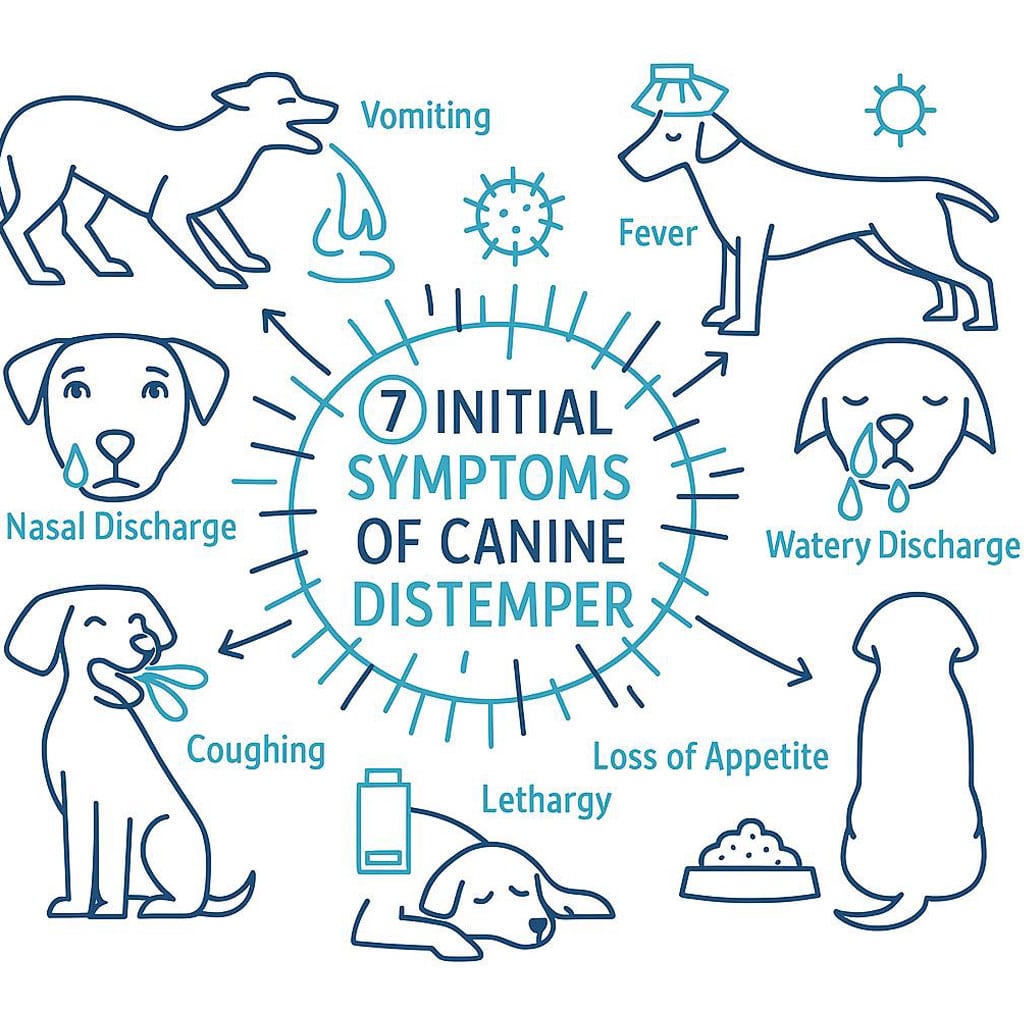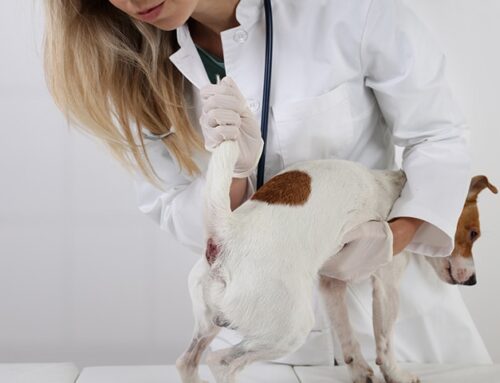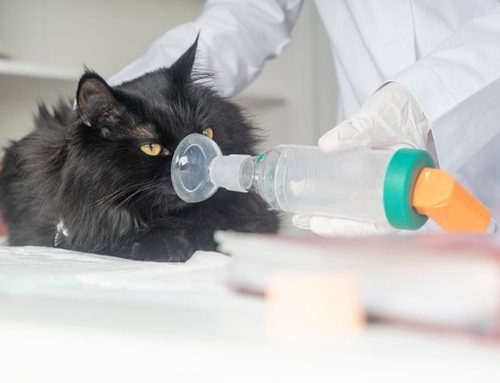Canine Distemper in Dogs: Symptoms, Prevention, and Treatment
Top 3 Takeaways
Introduction: Why Dog Owners in Orange County Should Care About Canine Distemper
As a dog parent in Orange County, you want your pet to enjoy the region’s dog-friendly parks, beaches, and hiking trails without fear of hidden dangers. While most owners focus on fleas, ticks, and heartworm, canine distemper is a threat that is often underestimated. This contagious and life-threatening viral disease can spread quickly between dogs and certain wildlife, causing devastating consequences for unvaccinated pets.
At Bliss Animal Hospital, we routinely educate families about distemper because prevention is simple, yet the disease itself is incredibly complex. A single missed vaccination can leave your dog vulnerable to infection, and once symptoms develop, treatment options are limited. This article breaks down everything you need to know about canine distemper: what it is, how it spreads, the signs to watch for, and why vaccination is your dog’s strongest line of defense.
What Is Canine Distemper?
Canine distemper is caused by the canine distemper virus (CDV), a member of the Paramyxoviridae family, closely related to the human measles virus. The disease has been recognized for decades and continues to cause outbreaks in both domestic and wild animal populations. Because the virus targets multiple body systems—including the respiratory tract, gastrointestinal tract, skin, and nervous system—it is considered one of the most damaging diseases a dog can face.
The virus spreads primarily through respiratory secretions, such as coughing or sneezing. However, it can also live in urine, saliva, and shared objects like food bowls or toys. In areas like Southern California, where dogs often share public spaces, the chance of encountering the virus is real. Even a brief exposure to an infected animal can transmit the disease if a dog is not properly vaccinated.

A sick puppy showing nasal discharge, one of the common symptoms of canine distemper.
Canine Distemper Symptoms
Recognizing canine distemper early is critical, but symptoms can mimic other conditions, which makes diagnosis challenging. Owners should always err on the side of caution if their dog shows signs of illness.
Early Signs
The first stage often involves flu-like symptoms, which may include:
At this stage, the virus is replicating and spreading through the body. Many owners mistake these signs for kennel cough or allergies, which is why veterinary evaluation is essential.
Advanced Symptoms
As the disease progresses, more severe issues appear, such as:
Unfortunately, once the virus reaches the nervous system, treatment becomes even more complicated and long-term damage is common. Dogs that survive often live with lifelong neurological issues such as twitching, seizures, or changes in behavior.

Know the early warning signs of canine distemper. If your dog shows any of these symptoms, contact your veterinarian right away.
Canine Distemper Vaccine: The Best Prevention
The distemper vaccine is one of the core vaccines every dog needs. At Bliss Animal Hospital, we administer it as part of the DHPP vaccine, which also covers hepatitis, parvovirus, and parainfluenza.
Puppy Vaccination Schedule
Puppies are highly vulnerable, which is why vaccines begin early:
Adult Dogs
For dogs adopted as adults or those with incomplete vaccination records, we recommend:
The vaccine is extremely effective and has reduced distemper cases significantly. However, because wildlife can carry the virus in Orange County, continued vaccination remains essential for all dogs, regardless of age or indoor lifestyle.
Can Dogs, Cats, and Humans Get Distemper?
Many pet owners worry about whether distemper can spread between species. Here’s what you need to know:
This means you don’t need to worry about catching distemper from your dog or spreading it to cats, but you do need to ensure dogs remain protected through vaccines.
How Do Dogs Get Distemper?
Dogs pick up distemper in several ways, and understanding transmission helps owners reduce risk:
Unlike some viruses, distemper does not survive long in the environment. However, the window of transmission is large enough to make outbreaks possible, especially in places where vaccination rates are low.
Treatment and Prognosis for Canine Distemper
Currently, there is no cure for canine distemper. Treatment is supportive and focused on helping the dog’s body fight the infection while preventing secondary complications. Common approaches include:
The outcome depends heavily on how advanced the infection is and the strength of the dog’s immune system. Many dogs with neurological symptoms do not recover, while others survive with long-term side effects. Because the prognosis is often guarded, prevention through vaccination is far more effective and humane than treatment after infection.
Prevention and Community Health
Preventing canine distemper is not just about protecting your dog—it’s about protecting the broader pet community. When vaccination rates drop, outbreaks become more common, especially in shelters or areas with stray populations.
In Orange County, dogs frequently interact in public spaces. By vaccinating your pet, you help reduce the risk of spreading the virus to other dogs, including vulnerable puppies and shelter pets. At Bliss Animal Hospital, our vaccination protocols are customized to your dog’s lifestyle, ensuring protection without unnecessary interventions.
FAQs About Canine Distemper
What is canine distemper?
Canine distemper is a highly contagious viral disease that affects multiple body systems, including the lungs, intestines, skin, and nervous system. It can lead to life-threatening complications and long-term neurological issues if not prevented through vaccination.
What are the first signs of canine distemper?
Early signs may include fever, watery eye discharge, nasal discharge, and mild coughing. Many of these symptoms resemble kennel cough or allergies, which is why prompt veterinary evaluation is important for an accurate diagnosis.
How serious is canine distemper?
Distemper is extremely serious. It can cause seizures, paralysis, pneumonia, and even death in unvaccinated dogs. Survivors may be left with permanent neurological problems, making prevention through vaccination the safest option.
Can humans get canine distemper?
No, humans cannot contract canine distemper. The virus only affects dogs and certain wildlife species. However, people can carry the virus on clothing or hands, so maintaining good hygiene is important after contact with sick dogs.
Can cats get canine distemper?
Cats cannot contract canine distemper, but they do have their own serious virus called feline panleukopenia. It shares some similarities with distemper, which is why feline vaccination is equally important for protecting cats.
What is the canine distemper vaccine?
The canine distemper vaccine is part of the DHPP vaccine series and provides reliable protection against the virus. It is considered a core vaccine, meaning it is recommended for all dogs regardless of lifestyle or breed.
What happens if my dog isn’t vaccinated?
Unvaccinated dogs face a very high risk of contracting distemper, especially in areas with wildlife or frequent dog-to-dog interaction. Without vaccination, an infected dog may suffer severe illness or death, and can also spread the disease to other dogs.
Conclusion: Protect Your Dog from Distemper Today
Canine distemper is one of the deadliest yet most preventable diseases in dogs. Vaccination is safe, effective, and widely available, making it the simplest way to ensure your pet’s lifelong health. At Bliss Animal Hospital, we make preventive care a cornerstone of our approach, giving Orange County families peace of mind.
Call us today at 949-354-5201 to schedule your dog’s distemper vaccine or wellness visit.
Vet Urgent Care Services in Orange County, CA
Dog Vaccination Services in Orange County, CA
About Bliss Animal Hospital
Our team, led by Dr. Nayara Pataro and Dr. Sam Amirshahi, is dedicated to providing compassionate, top-rated care right here in South Orange County. With a strong emphasis on relationships and personalized veterinary care, we’re here to support you and your pet’s health and happiness. If you’re looking for convenient, high-quality care nearby, check out our veterinarian services in Lake Forest, CA and surrounding areas like Veterinarian near Mission Viejo, CA, Irvine, CA Veterinarian (Great Park and Portola Springs) and vet near Rancho Santa Margarita, CA.
Meet Our Team
The blissfull faces behind the care
Driven by compassion and purpose, here is the team who will work to make a difference in your pet’s life. Every single visit.











Leave A Comment